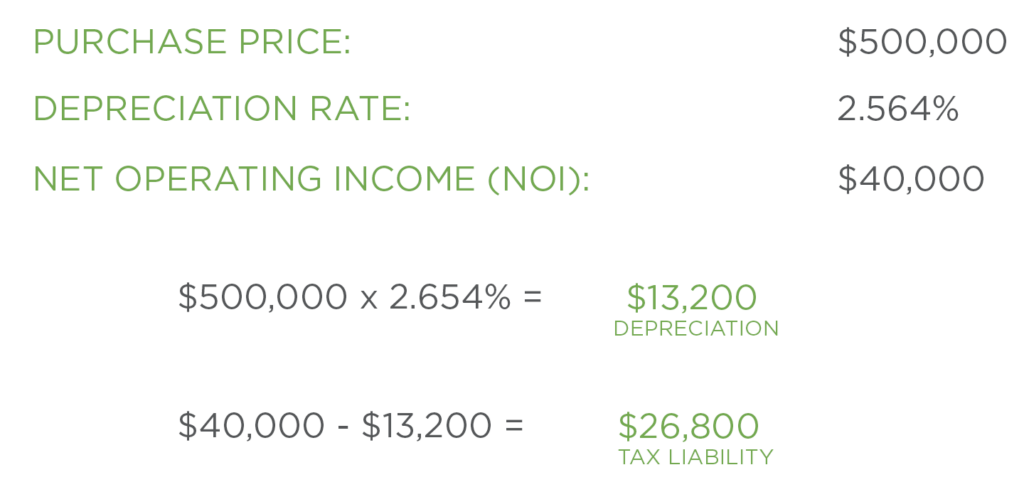In his song Before She Does, county music singer Eric Church pronounces, “the taxman an’ the Devil share the same address.” While many of us would enthusiastically join in this chorus, the taxman, will on occasion, cut folks a break. For real estate investors, one of those breaks comes in the form of Depreciation.
In simple terms, Depreciation is the way in which the Internal Revenue Service (IRS) recognizes that an asset will experience wear and tear over the course of time; the asset depreciates. In light of this fact, the IRS allows real estate investors to deduct a percentage of the amount they paid for the investment, from the property’s operating income each year, thus reducing the investor’s tax liability.
Depreciation rates are based on the property type, and the usable life of the property as predetermined by the IRS:
Residential Annual Depreciation: 3.636%
Non-Residential Annual Depreciation: 2.564%
So, what does this mean for a real estate investor? You pay less taxes!
An example
An investor purchased an office building for $500,000. The investment generates $40,000 in Net Operating Income each year. Thanks to Depreciation, the IRS allows the investor to deduct $13,200 per year.

In this scenario, the investor pocketed $40,000 from the investment, but will only pay taxes on $26,800 of that income. That’s a win even Eric Church would be proud of!
This simple exercise is just a brief introduction into Depreciation and the tax benefits of real estate investment. In fact, there are many more tax advantages yet to be discussed: 1031 Like-Kind Exchanges, Cost Recovery, Cost Segregation Studies, and the like. A commercial real estate professional is not a tax advisor, but an informed broker should be knowledgeable and equipped to help guide you in the right direction.
